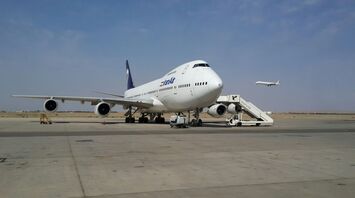Tensions in the Middle East: Airlines Reroute as Iran Temporarily Closes Airspace

In response to ongoing military strikes between Israel and Iran, Iran's decision to temporarily close its airspace on April 19 has led airlines to reroute flights, highlighting the complexities of navigating airspace in conflict zones. Although the airspace was reopened a few hours later, many carriers continue to exercise caution due to the heightened risks in the region.
Several flights were directly affected by the closure, including those operated by Emirates and flydubai. Emirates, for instance, had to redirect or return multiple flights to Dubai, including a Boeing 777-300ER destined for Tehran. This precautionary measure reflects the immediate response needed when airspace restrictions suddenly change.
The European Union Aviation Safety Agency (EASA) has been active in advising airlines about the potential dangers of flying near conflict zones. Following Iran's retaliatory actions against Israel, EASA emphasized the need for heightened caution around Iranian and Israeli airspace, suggesting airlines maintain a buffer of 100 nautical miles around these areas to avoid potential hazards.
This situation underscores the broader implications of geopolitical tensions on international air travel. Airlines must constantly adjust routes based on real-time developments to ensure the safety of passengers and crew. As the situation evolves, the aviation industry remains on alert, with the safety of its operations closely tied to the unpredictable dynamics of regional conflicts.



















